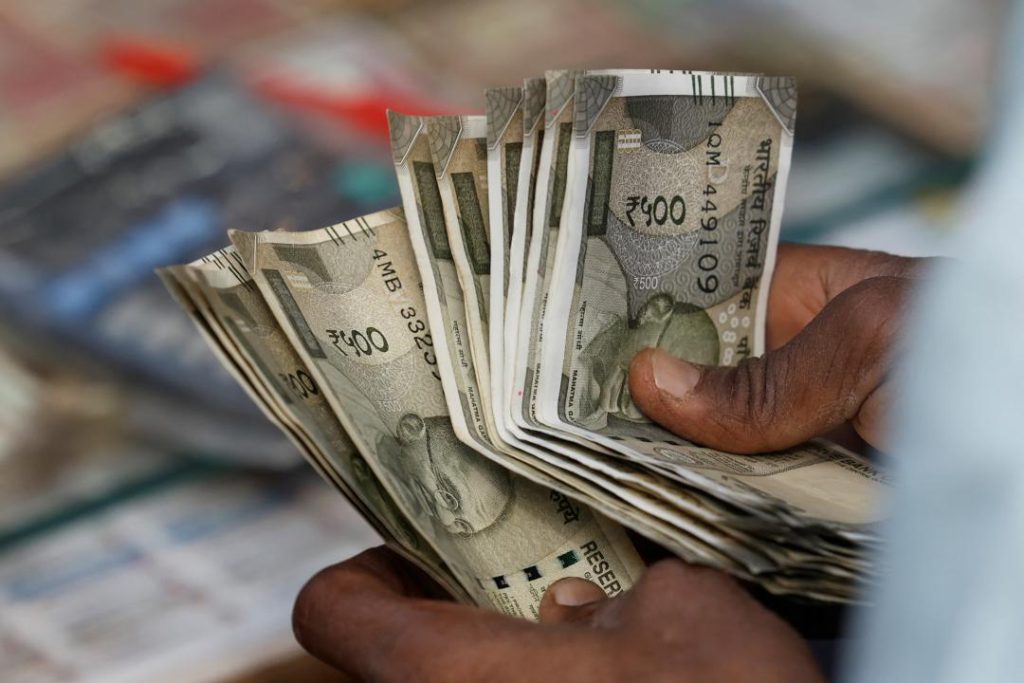
What got cheaper & costlier in March as CPI falls to 67-month-low of 3.34%?
In a recent development, India’s retail inflation has dipped to a 67-month-low of 3.34% in March, as per the data released by the Ministry of Statistics and Programme Implementation. This significant decline in Consumer Price Index (CPI) has brought relief to consumers, as it indicates a slowdown in price rise across various essential commodities. In this blog post, we will delve into the details of what got cheaper and costlier in March, and what this mean for the Indian economy.
What got cheaper?
Eggs, vegetables, and pulses saw a considerable decline in prices in March, which is a welcome respite for consumers. According to the data, the prices of eggs decreased by 4.48%, while vegetables and pulses dropped by 3.51% and 3.25%, respectively. This decline is likely due to a good harvest season and improved supply chain management.
Spices, meat, fish, housing, recreation, and amusement also saw prices drop marginally, with decreases ranging from 0.13% to 1.44%. These categories are often sensitive to changes in global commodity prices and supply chain disruptions, which may have contributed to the moderate decline in prices.
What got costlier?
On the other hand, fruit prices saw a sizeable jump, increasing by 4.45% in March. This surge in prices can be attributed to factors such as a decline in production, supply chain disruptions, and changes in global market trends.
Prices of cereals, milk, oil, sugar, confectionery, clothing, snacks, sweets, pan, tobacco, footwear, fuel, health, and education also saw marginal rises, ranging from 0.13% to 1.44%. These categories are often influenced by global commodity prices, weather conditions, and government policies, which may have contributed to the moderate increase in prices.
What does it mean for the Indian economy?
The decline in CPI to a 67-month-low of 3.34% is a positive development for the Indian economy. A lower CPI indicates a slowdown in price rise, which can have several benefits for consumers and businesses alike. Here are a few possible implications:
- Increased purchasing power: With prices declining, consumers can enjoy increased purchasing power, which can boost demand for goods and services.
- Improved economic growth: A lower CPI can contribute to improved economic growth, as it indicates a more stable and predictable economic environment.
- Inflation targeting: The Reserve Bank of India (RBI) may rethink its monetary policy stance, considering the decline in CPI. This could lead to a reduction in interest rates, making borrowing cheaper for consumers and businesses.
- Investment and consumption: A lower CPI can lead to increased investment and consumption, as businesses and consumers become more confident in the economy.
Conclusion
The decline in CPI to a 67-month-low of 3.34% is a welcome development for the Indian economy. While some categories saw marginal increases, the overall decline in prices is a positive sign for consumers and businesses. As the economy navigates the complexities of global trade, supply chain disruptions, and government policies, it is essential to monitor price trends closely. By doing so, policymakers can take informed decisions to promote economic growth, stability, and consumer welfare.
Source:






